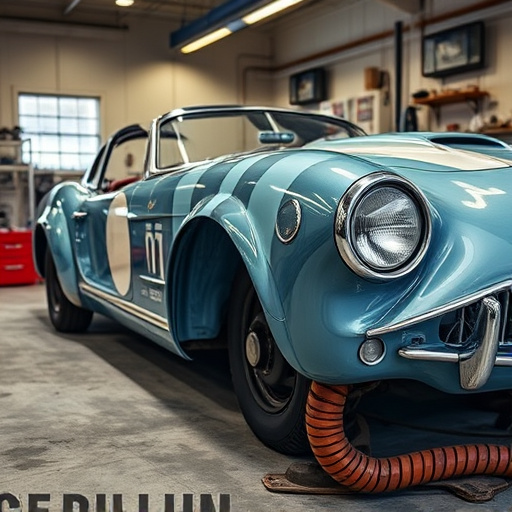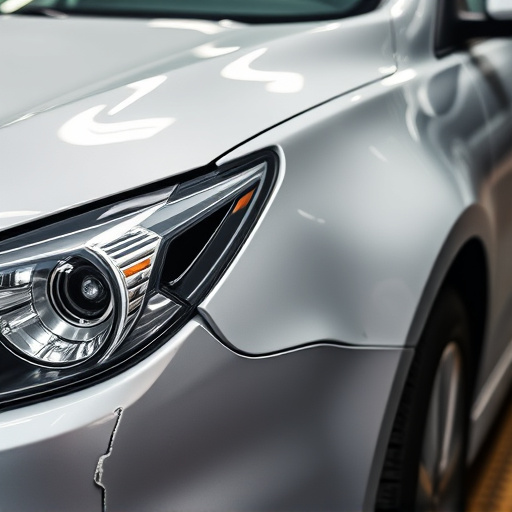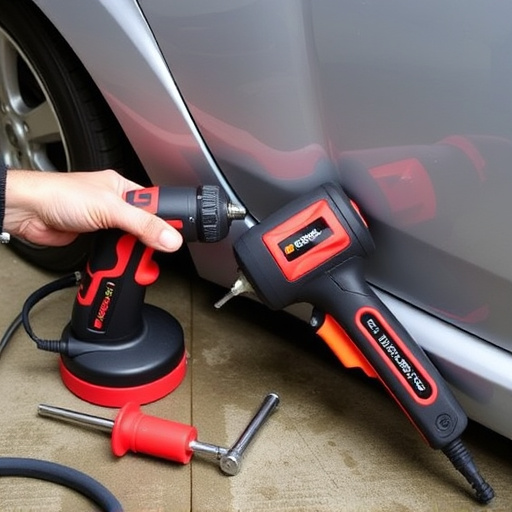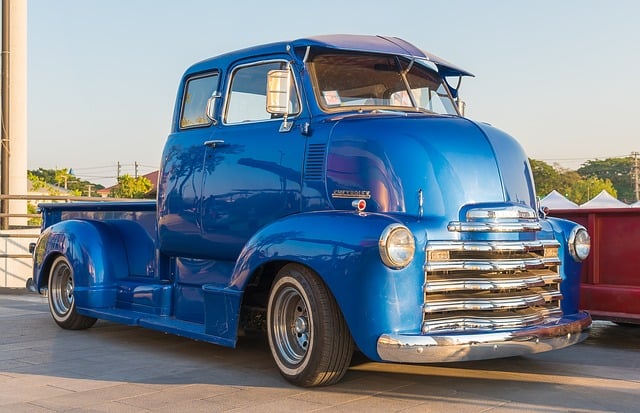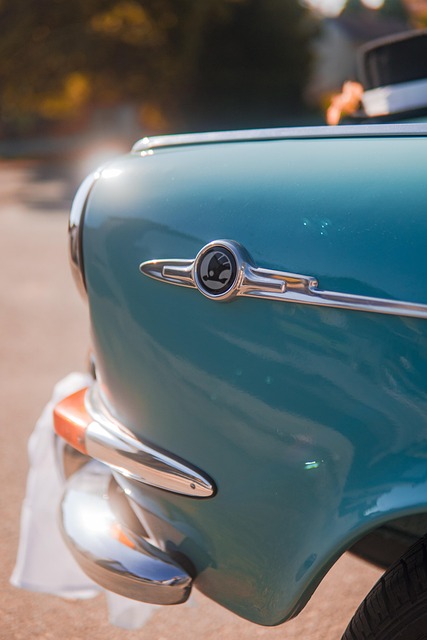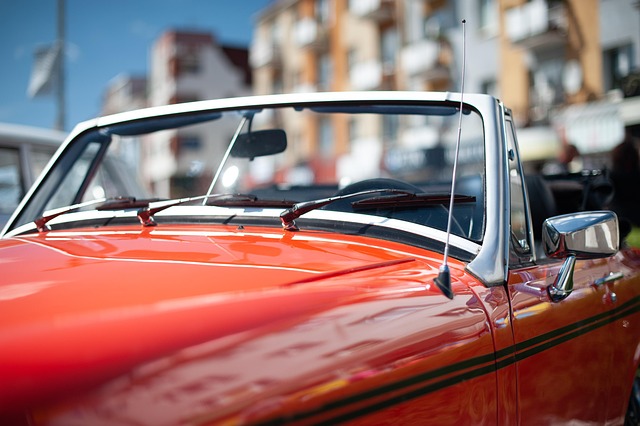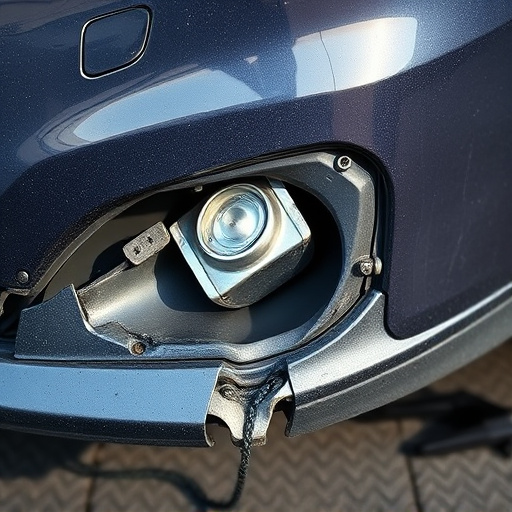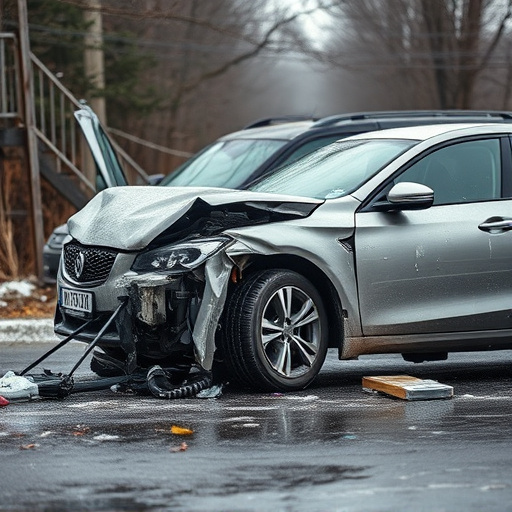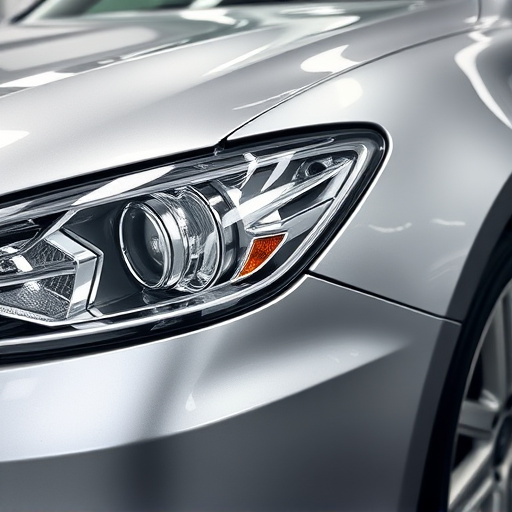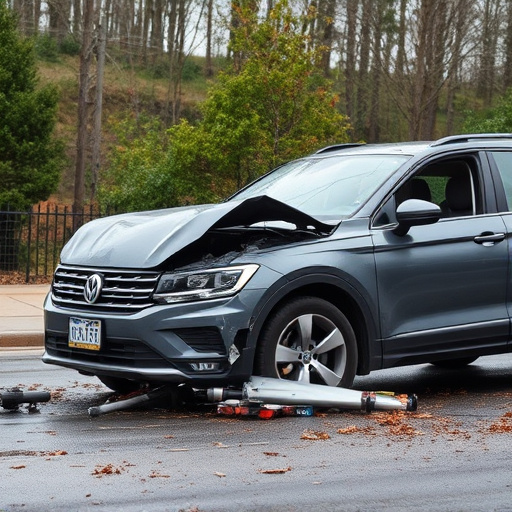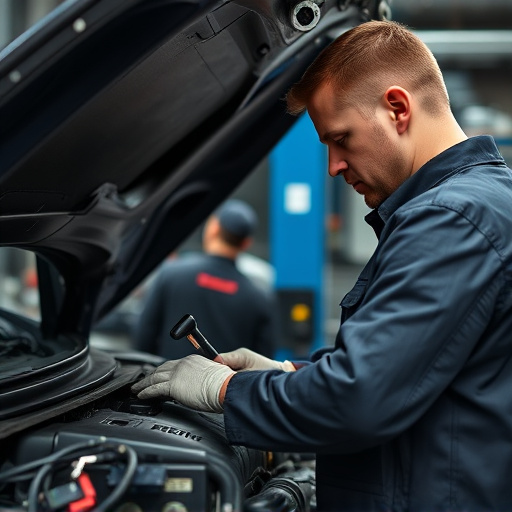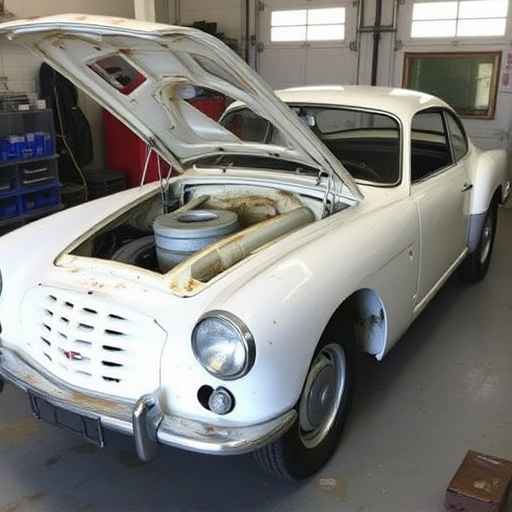Pearl finish collision repair is an art demanding meticulous surface preparation to ensure flawless results. This involves cleaning, sanding, priming, and applying specific undercoats to create a smooth base for the pearl coat. Skipping this step can lead to cosmetic issues. The process utilizes advanced materials and equipment, combining precision and skill to restore vehicles to original condition with a sleek, vibrant pearl finish that matches specifications exactly.
In the realm of automotive aesthetics, pearl finish collision repair stands as a delicate art. While aiming for a flawless result, technicians often encounter common challenges that demand meticulous attention. From surface preparation—where achieving a smooth foundation is crucial—to coat application and drying, every step influences the final outcome. Environmental factors, coating distribution, and matching original colors accurately are but a few of the hurdles. This article explores these intricacies, providing insights into the common challenges faced in pearl finish collision repair.
- Surface Preparation: Ensuring a Smooth Foundation
- – The importance of thorough decontaminating and cleaning processes
- – Challenges in achieving perfect surface profile for optimal adhesion
Surface Preparation: Ensuring a Smooth Foundation
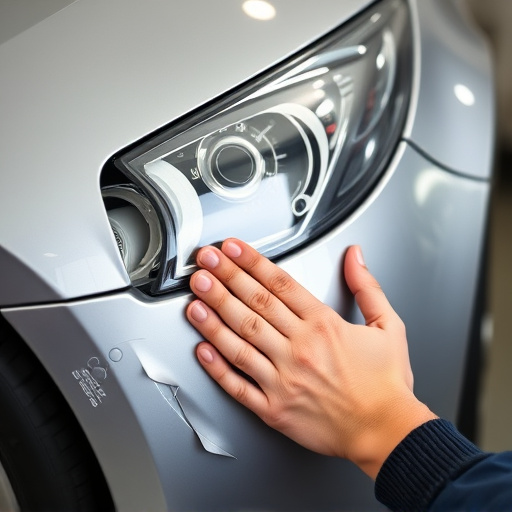
In the intricate process of pearl finish collision repair, meticulous surface preparation is paramount to achieving a flawless outcome. Before applying any finishing coats, the affected area must be thoroughly cleaned and prepared to ensure a smooth foundation. This involves removing all debris, dirt, and existing paint imperfections using specialized tools and compounds. Skimping on this crucial step can lead to uneven finishes, bubbling, or peeling, compromising the overall aesthetics of the pearl finish.
Proper surface preparation includes sanding, priming, and applying the correct undercoat for the specific pearl finish being used. This process not only fills in minor scratches but also creates a uniform base that allows the pearl coat to adhere perfectly, enhancing the car dent repair or scratch repair outcomes. It’s an art as much as it is a science, requiring precision and attention to detail to match the original automotive restoration quality.
– The importance of thorough decontaminating and cleaning processes
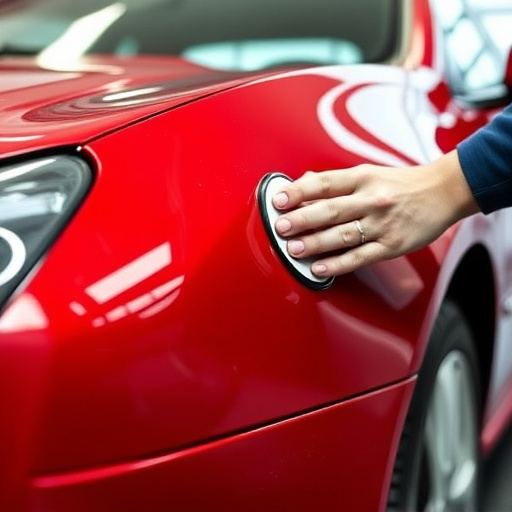
– Challenges in achieving perfect surface profile for optimal adhesion
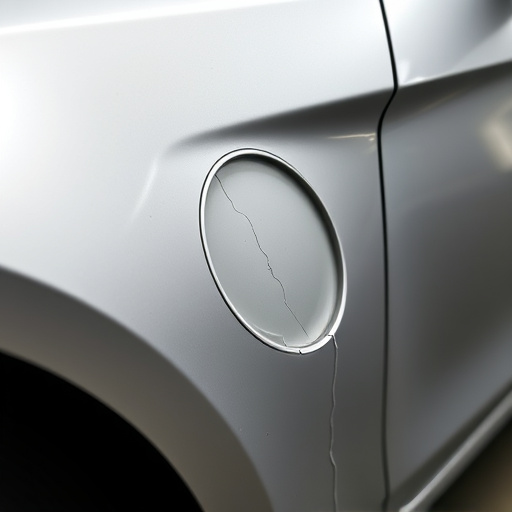
Achieving a perfect surface profile is one of the most significant challenges in pearl finish collision repair. Unlike standard paints, pearls require a precise and smooth base to ensure optimal adhesion. Even the slightest imperfections or variations in the substrate can lead to uneven application, causing the final coat to look patchy or glossy in areas. This often requires additional sanding and preparation, adding time and complexity to the repair process.
Professional auto collision centers employ specialized techniques and tools to minimize these issues, such as using fine-grit sandpapers and precision polishing equipment. Ensuring a clean, contaminant-free environment is also crucial, as airborne particles can negatively impact the finish. For those seeking reliable auto repair near me, choosing a shop with experienced technicians who understand the intricacies of pearl finishes is essential for achieving a high-quality, durable result that matches the vehicle’s original specifications.
In the realm of pearl finish collision repair, while significant strides have been made in technology, challenges remain, particularly in surface preparation. Thorough decontamination and cleaning are crucial for achieving a smooth foundation, but achieving perfect surface profiles for optimal adhesion can be obstinate. By understanding these common hurdles, professionals can refine their techniques, enhancing the overall quality and longevity of pearl finish collision repair work.
